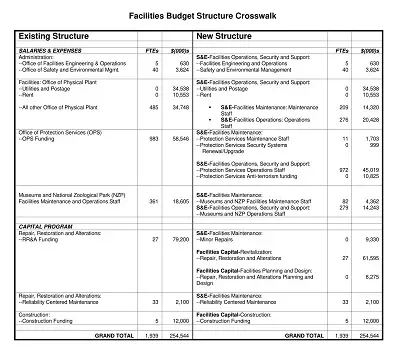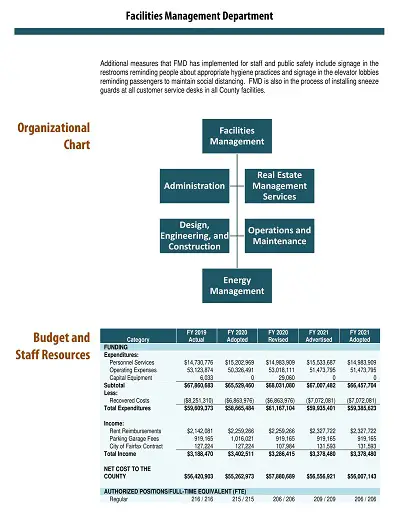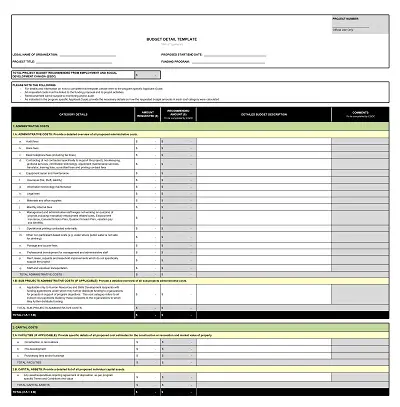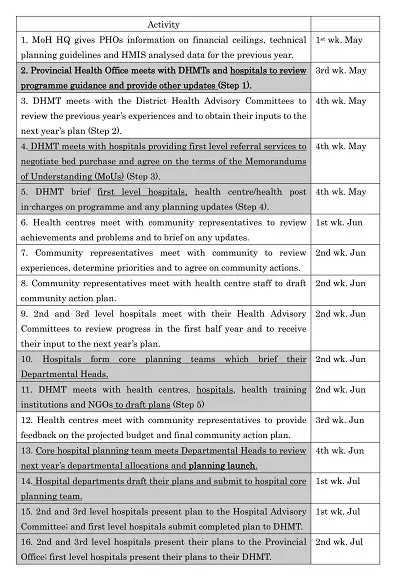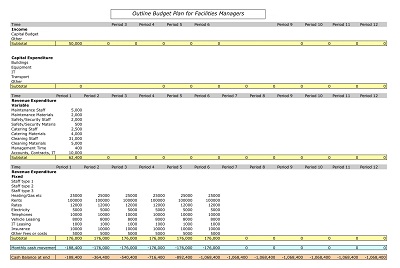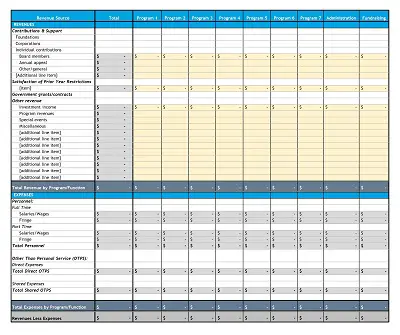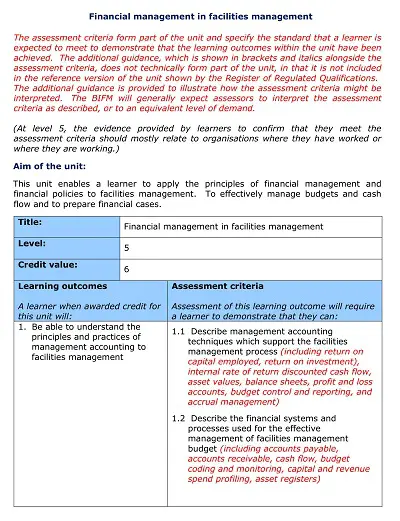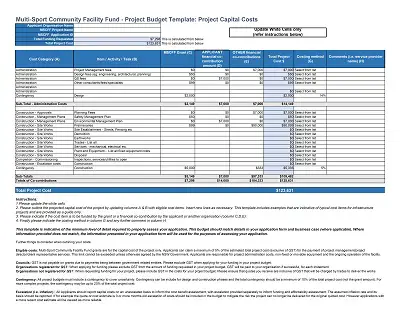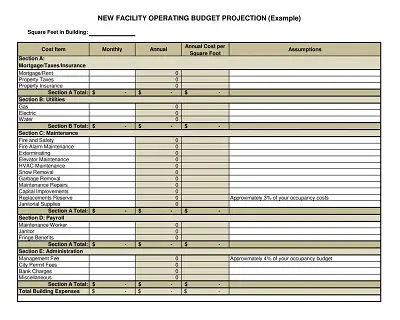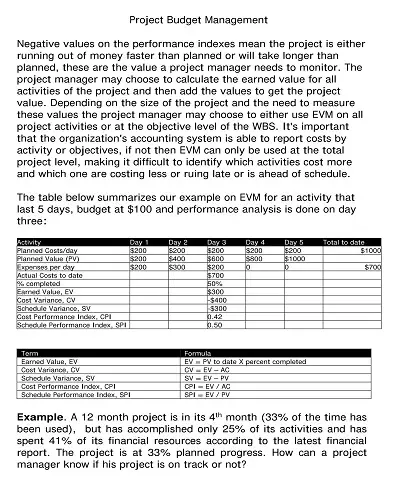15+ Free Facility Management Budget Templates – MS Excel, PDF
A Facility Management Budget Template is a valuable asset for organizations managing their facilities efficiently. It establishes how much money is available to spend on facility-related items and tracks cost over time, enabling facility managers to identify potential savings opportunities.
Table of Contents
The Template typically splits the budget into categories such as rent, utilities, maintenance costs, and more, which specific projects or tasks can further break down. By leveraging this budgeting tool, organizations can proactively maintain and upgrade facilities crucial to success.
Download Free Facility Management Budget Templates
Developing a Facility Management Budget Plan
Putting together a facility management budget plan can seem daunting at first, but with the right guidelines and resources it doesn’t have to be a challenge. It is important to keep accurate records of all expenditures and to prioritize what needs should be met first by the budget.
Additionally, research into the cost of renovations or upkeep for any existing equipment should also be taken into account when deciding what goes where on the budget plan. Many facility managers turn to online tools for assistance with crunching numbers and seeing potential returns on investment for items that are included in the budget plan. The key is to find a system that works best for you so that it will make future planning more effective each time a new budget plan needs to be developed.
Factors Affecting Facility Management Budgeting
Decisions around budgeting for facility management can be tricky, as there are many factors to consider when putting together a financial plan. Before spending funds on facility management, one should make sure to factor in anticipated costs associated with utilities, maintenance services, and supplies. It is also important to avoid surprise problems by assessing the condition of the facilities and planning for any necessary repairs.
When estimating the cost of labor for various services, it is worth taking into consideration the industry standard rate to ensure that cost estimates are reasonable and competitive. Being mindful of potential costs associated with switching vendors as well as unexpected weather occurrences can help make sure expectations align with real results. Building a comprehensive and organized budget plan allows facility managers to create proactive measures that accommodate safety and conservation protocols that are essential for successful facility management.
Cost Analysis for Facility Management Budgeting
Cost analysis is an essential part of facility management budgeting. Expert analysis helps to accurately assess the total cost of a facility, including expenses related to maintenance, repairs, and energy usage. To create a successful budget, facility managers must understand available funds while considering internal capabilities, such as personnel resources, or external services and materials needed for day-to-day operations.
With this knowledge in hand, managing a budget becomes much easier because options can take into account long-term goals and foreseeable changes. By conducting cost analysis before formulating a budget, facilities have the opportunity to become more efficient in their operations and save thoughtful planning time for capital projects and long-term plans in the future.
How to Create a Facility Management Budget Template
Creating a facility management budget template can be an overwhelming task, but it is an essential aspect of managing your facility efficiently. A well-planned budget ensures that you have the necessary resources to keep your facility running smoothly while managing your costs effectively. Here are some steps on how to create a facility management budget template, and that will help streamline your facility management processes.
Evaluate Past Expenses
To begin creating a facility management budget template, it is crucial to know how much money you have spent in the past on facility management expenses. Analyze the expense reports, accounts payable, and vendor invoices from previous years to identify the most high-priority expenses. This step will provide a starting point for creating a budget that reflects your facility’s actual expenses and predicted expenditures.
Determine the Key Budget Categories
After evaluating your past expenses, you should begin determining the key budget categories that your facility requires. Break these categories down so that each line item accounts for a significant portion of your facility’s expenses. Examples of key budget categories include building maintenance, cleaning services, equipment maintenance, utilities, security, and rent, among others.
Assess the Facility Management Needs
Assessing your facility management needs will provide you with the information necessary to determine the right amount of money to allocate to each category. What services are of top priority? Do you need to outsource certain facility management services, or can they be handled in-house? By assessing your facility management needs, you can make more accurate budget projections for each category and identify which expenditures are unnecessary.
Plan for Unexpected Expenses
Even if your facility management budget template is well-planned, unexpected expenses can arise. These unexpected costs can include emergency repairs, unplanned maintenance, or unforeseen facility updates. Ensure that you have a contingency plan in place so that you can respond quickly to these needs. Include a line item in your budget for unplanned expenditures, and allocate an appropriate amount of funds that will cover such expenses.
Review and Adjust your Budget Regularly
Your facility management budget is a living document that should be reviewed and adjusted regularly. By regularly monitoring your expenses and keeping track of patterns, you can make informed decisions about the distribution of funds in each category. By having an updated budget, you can implement cost-saving measures and optimize your facility management processes to keep your expenses within your limits.

